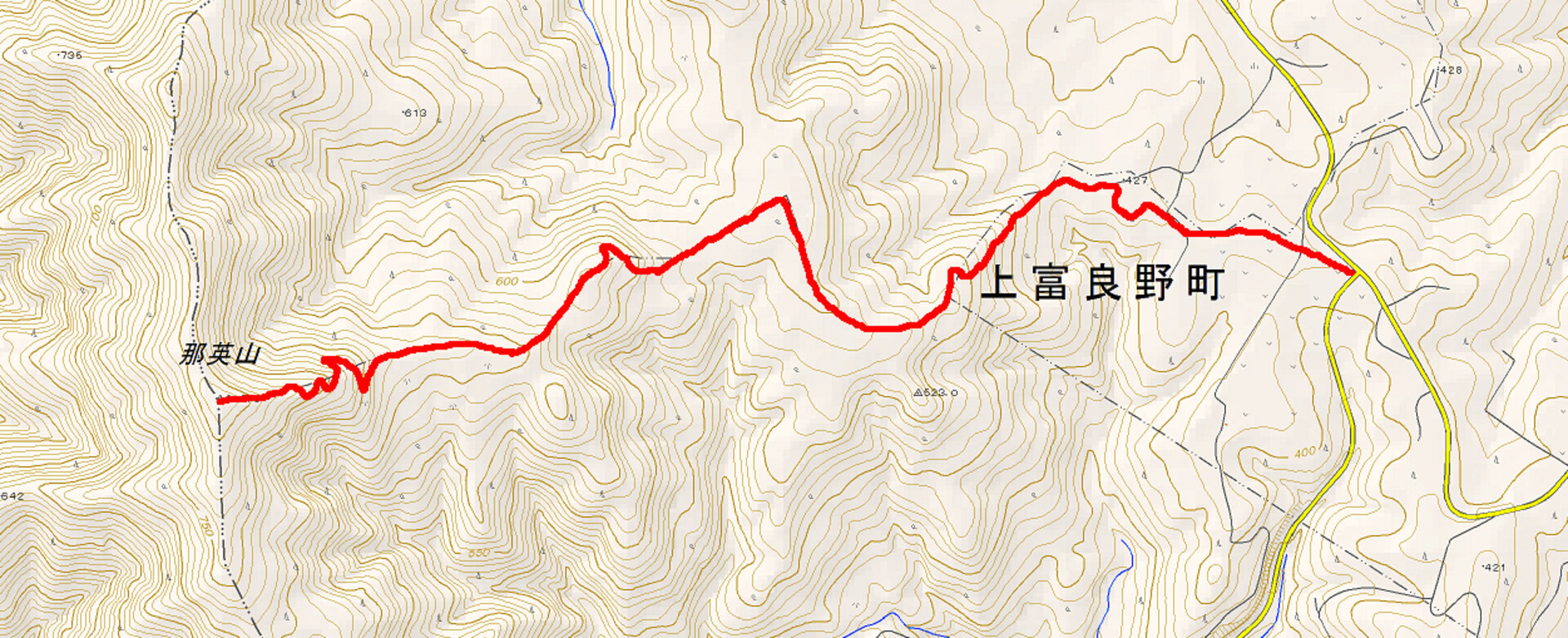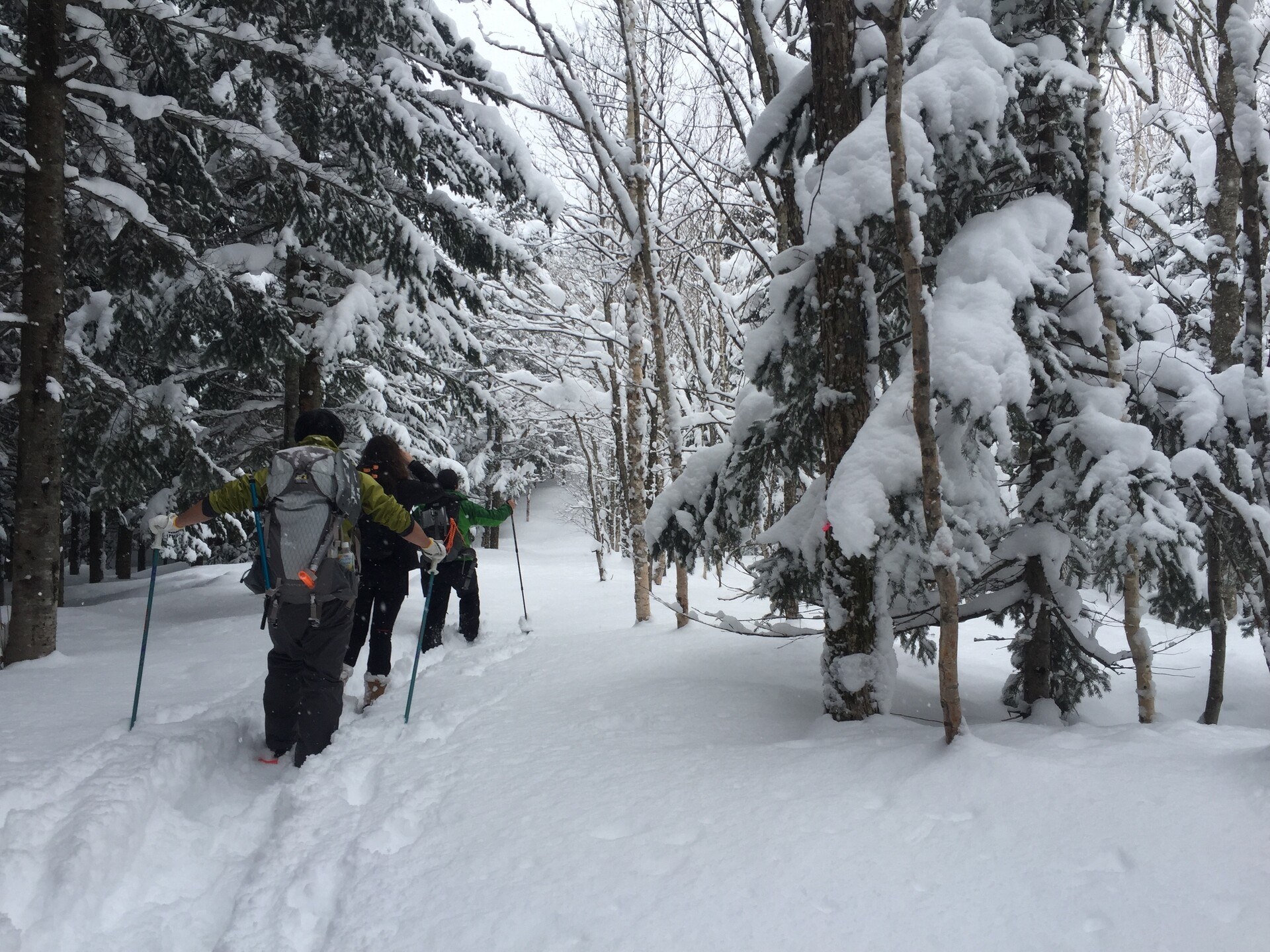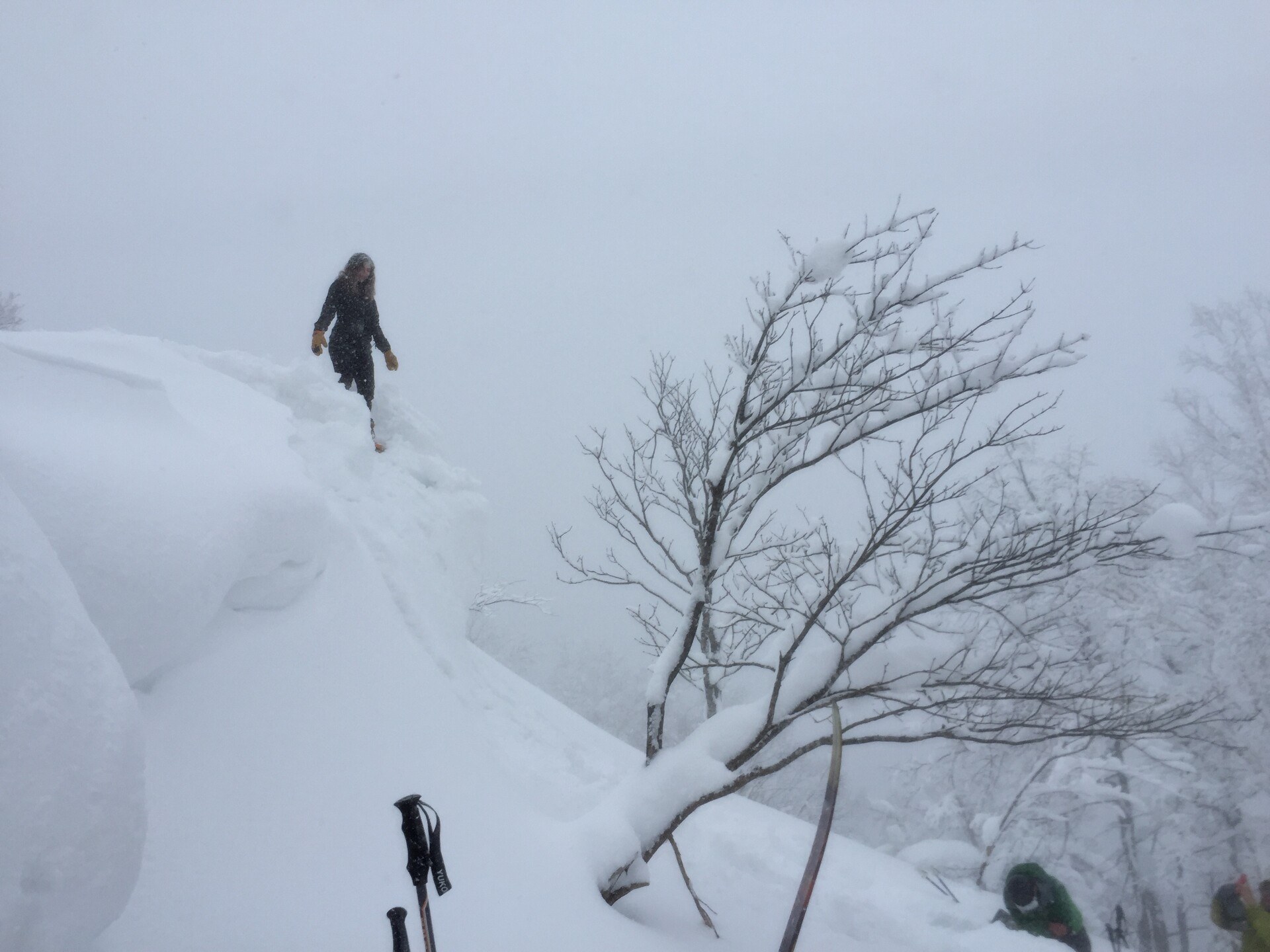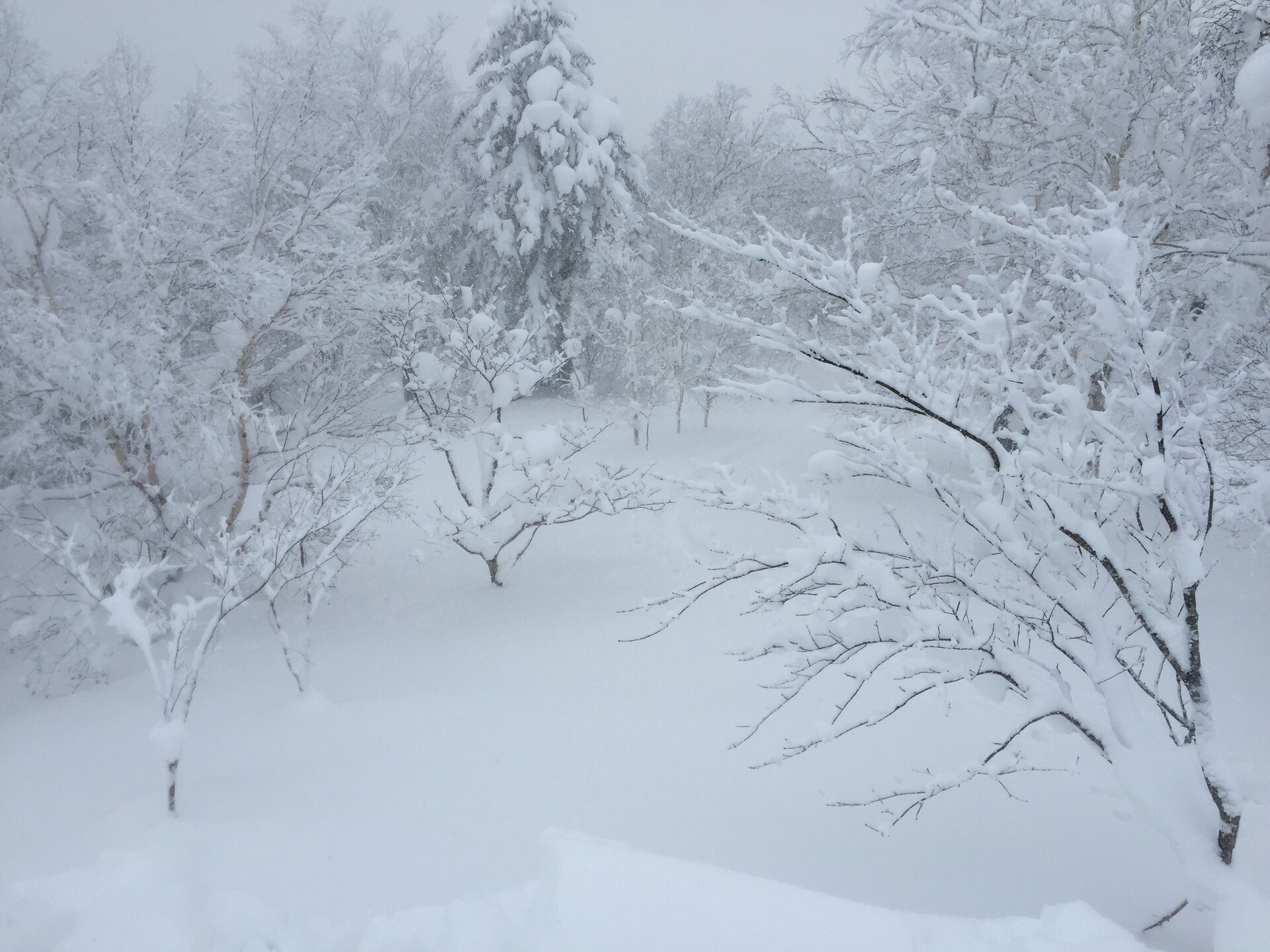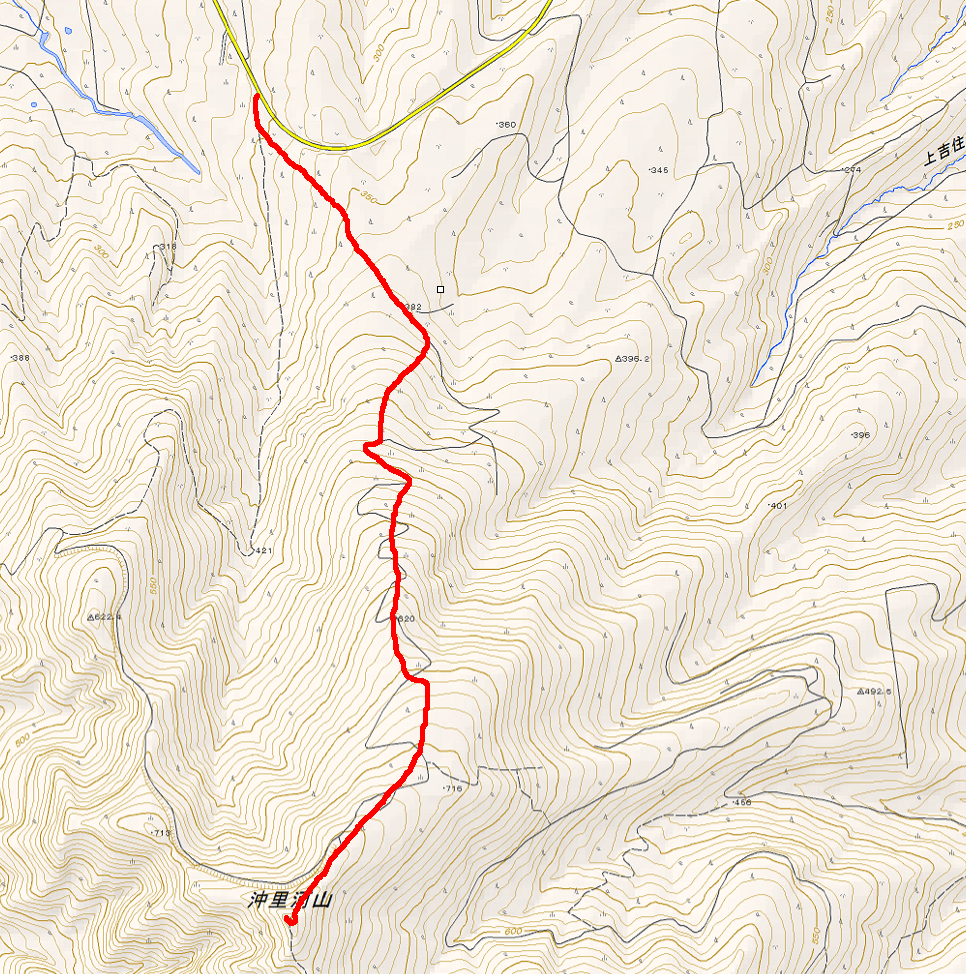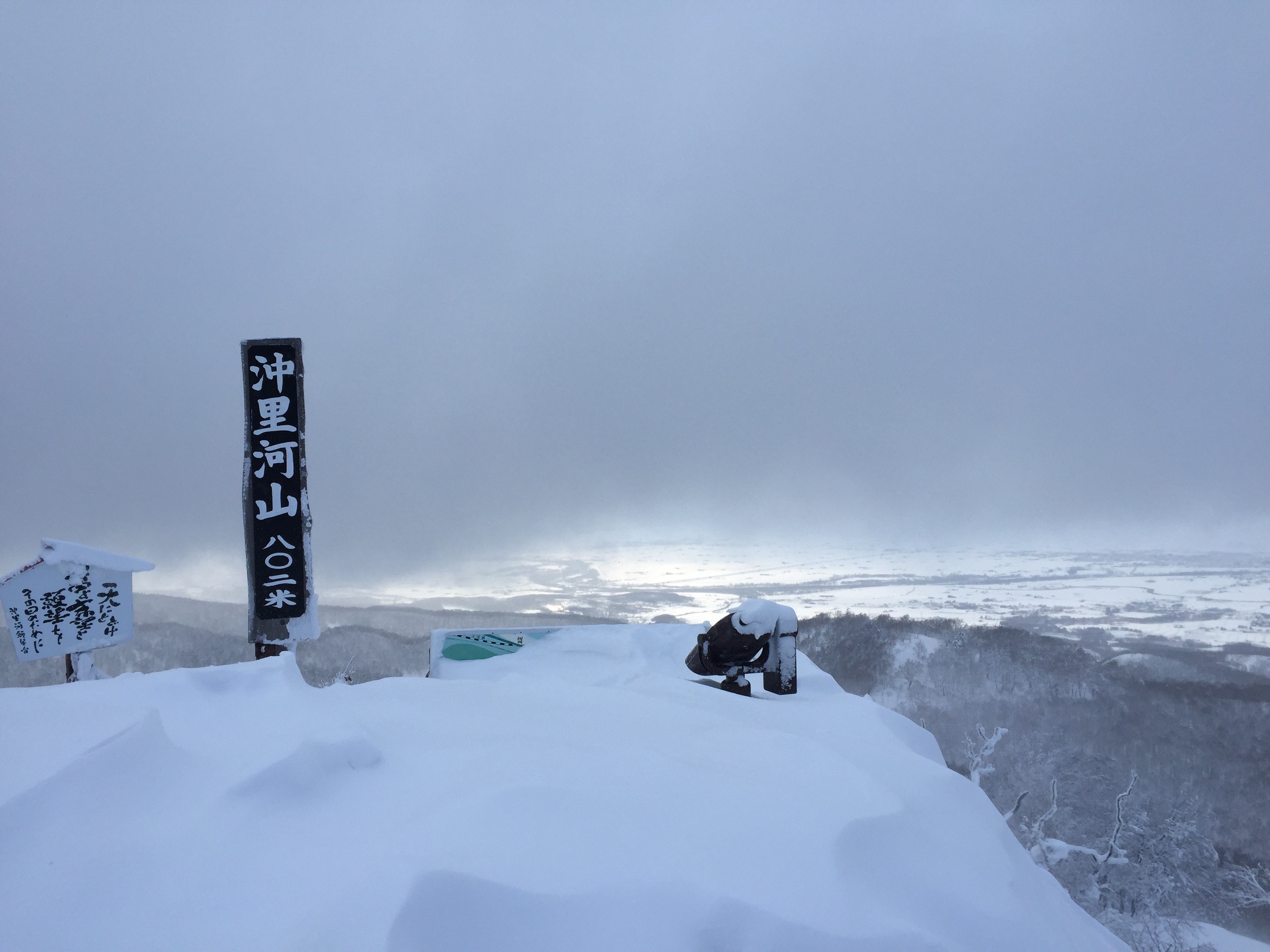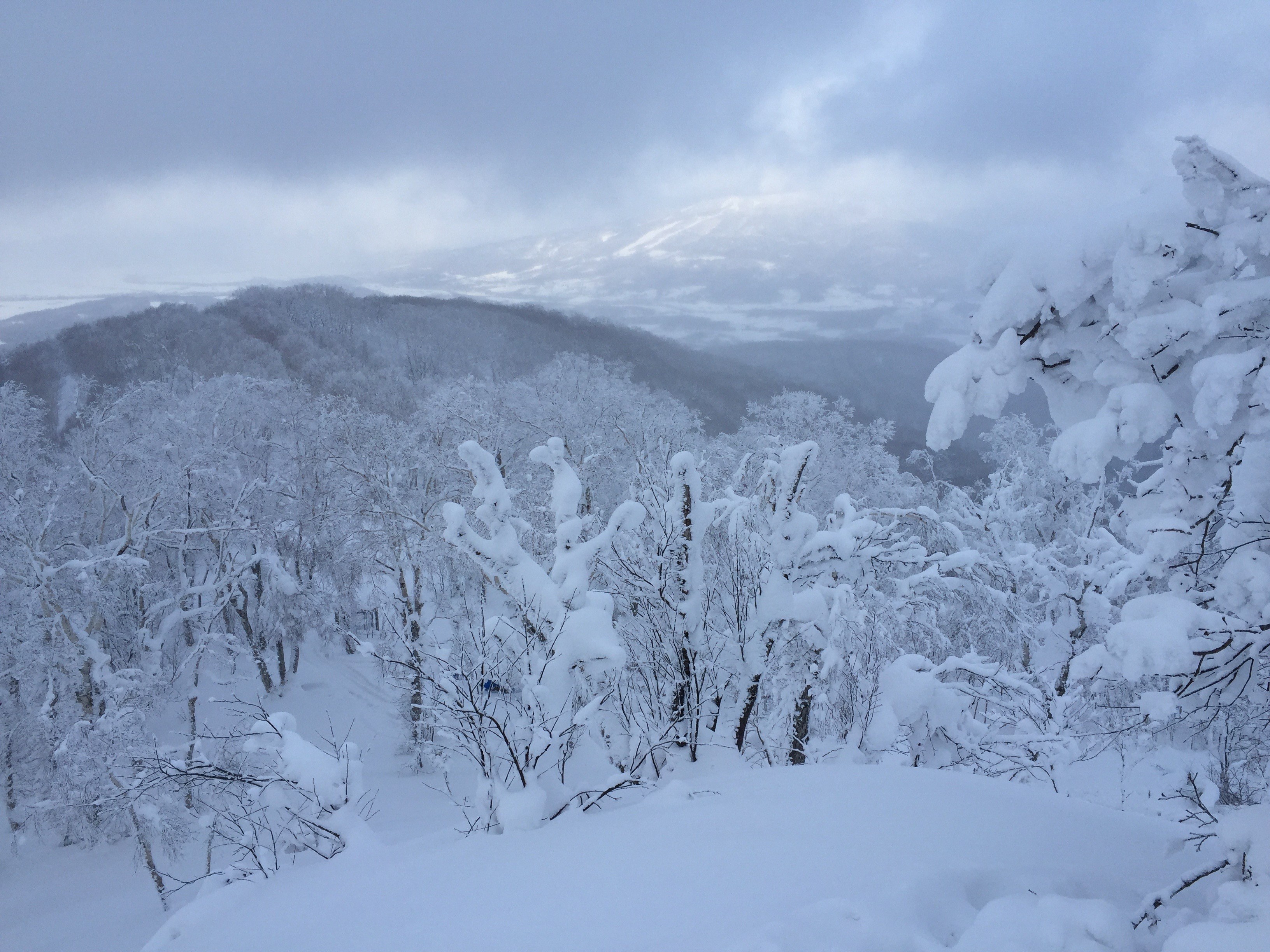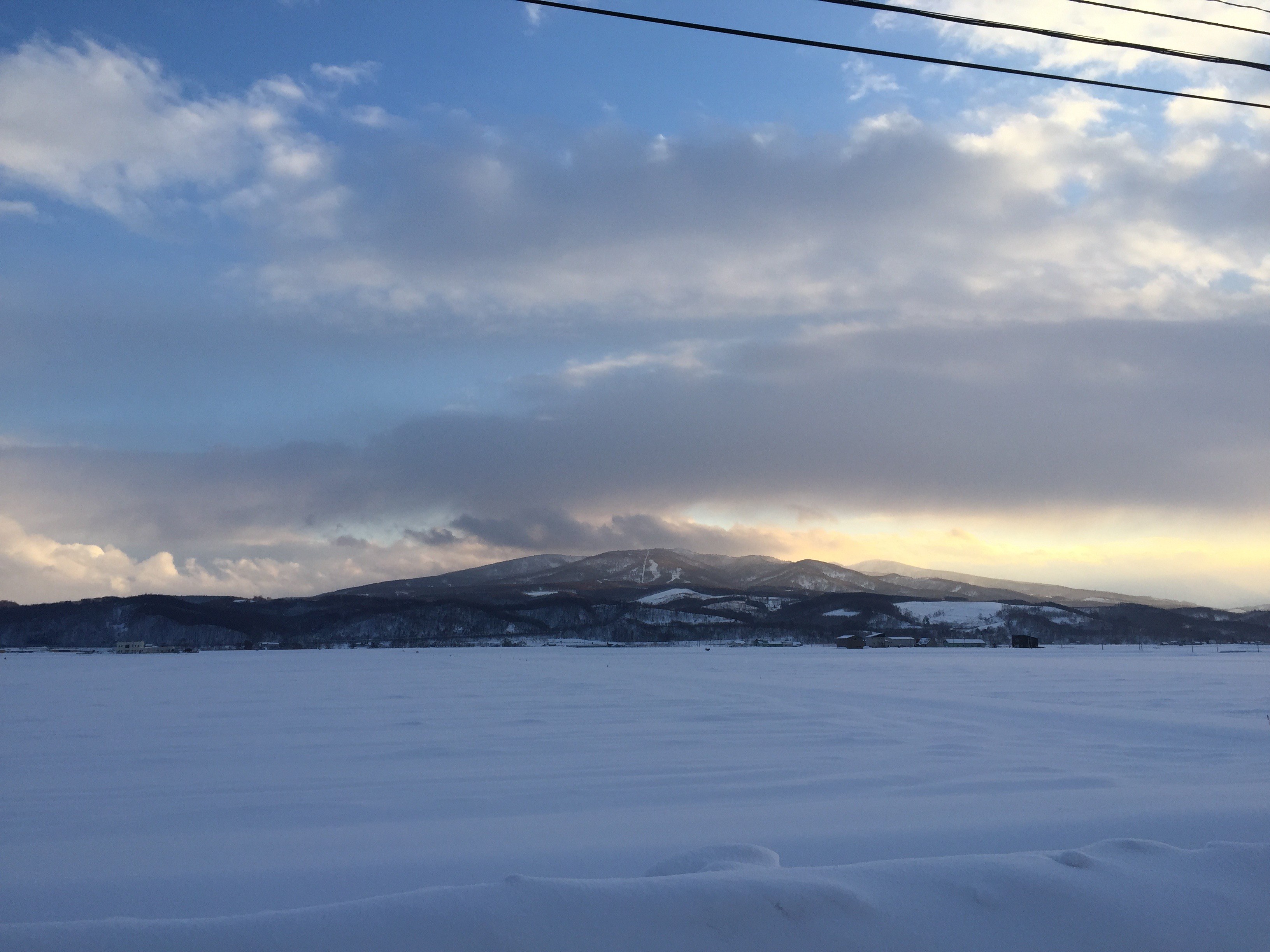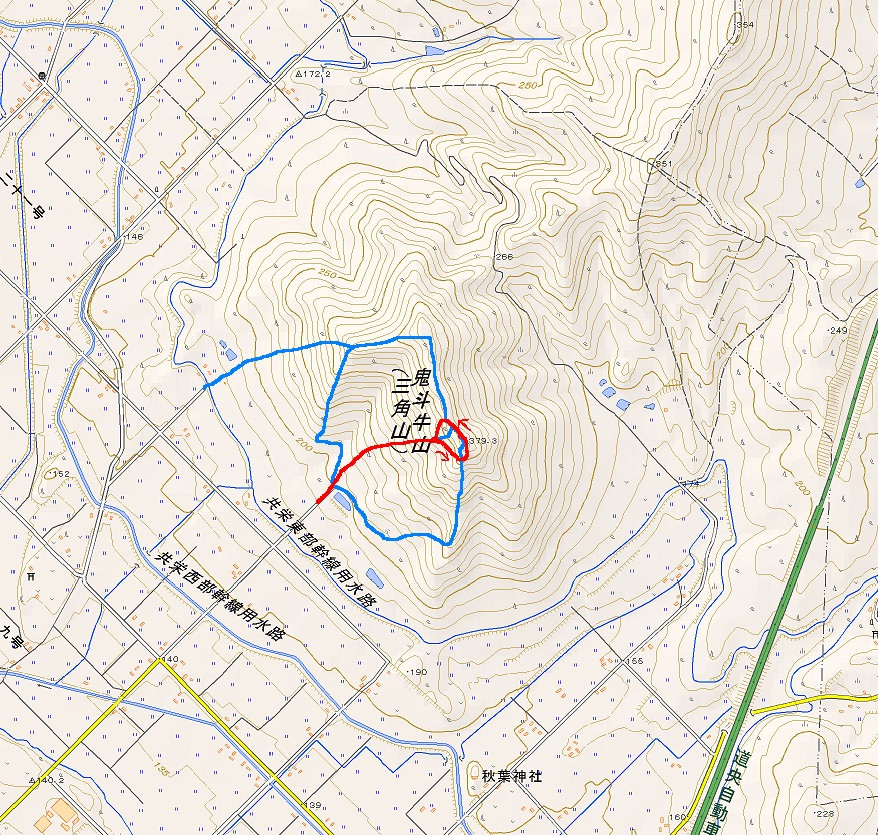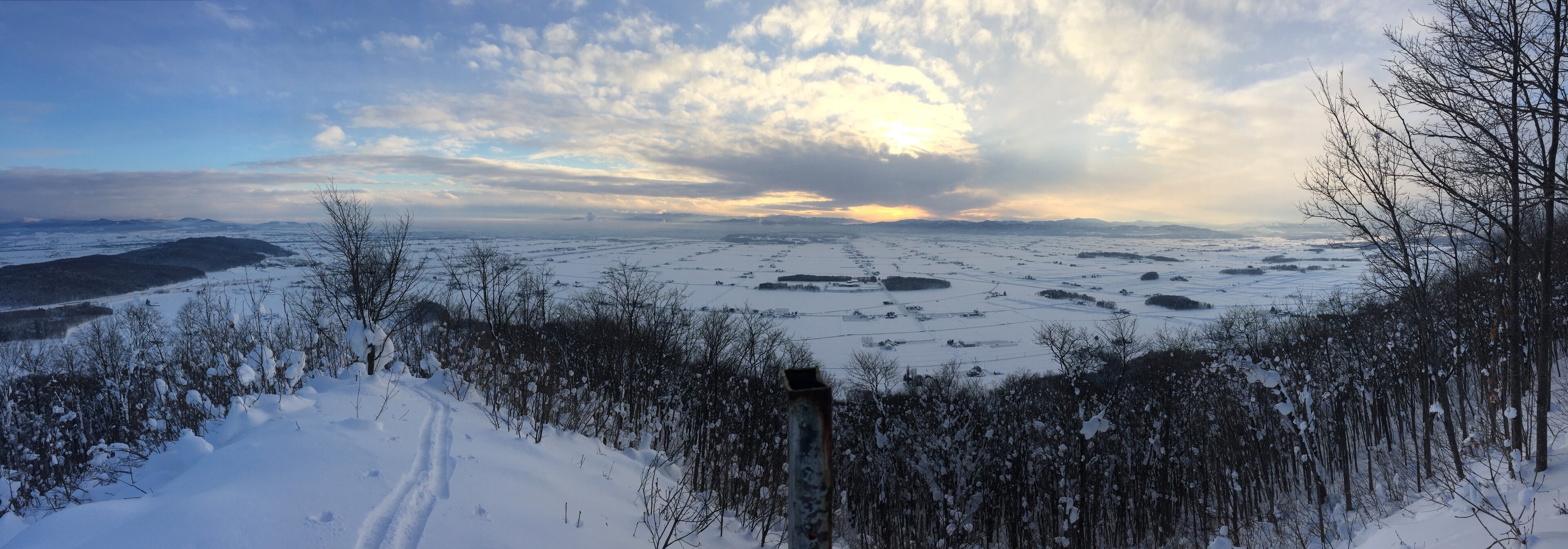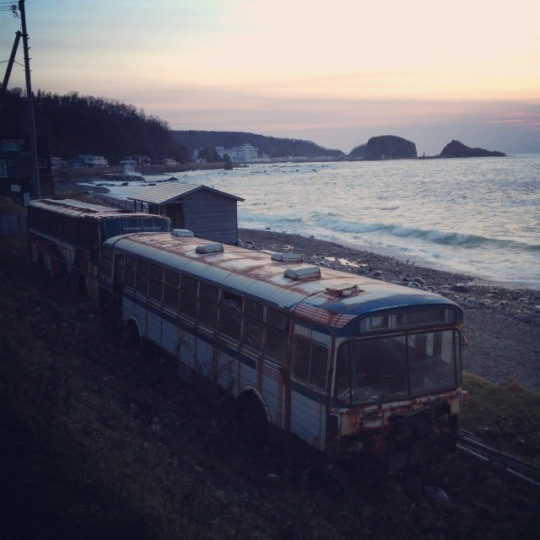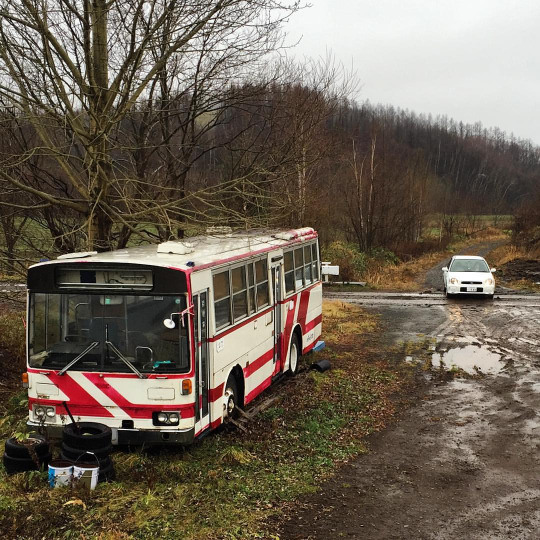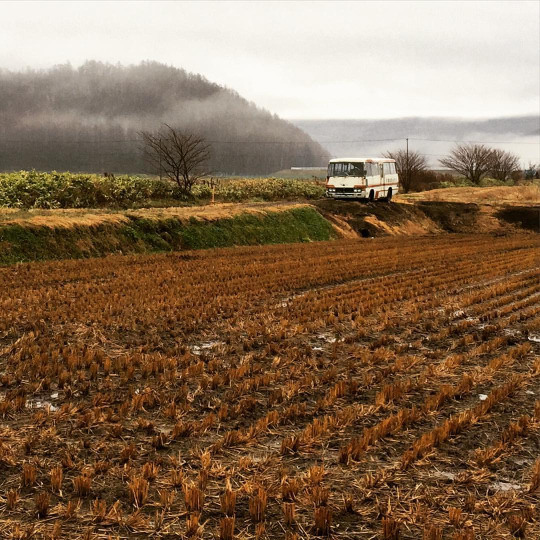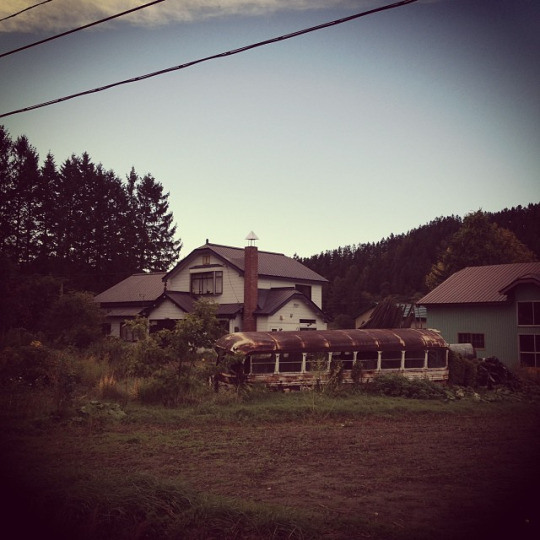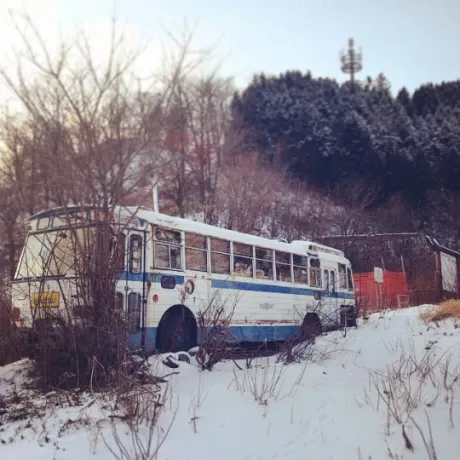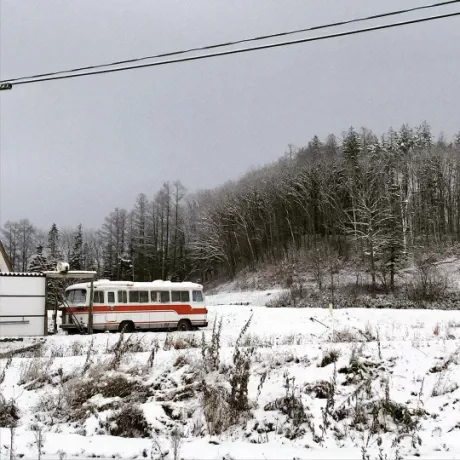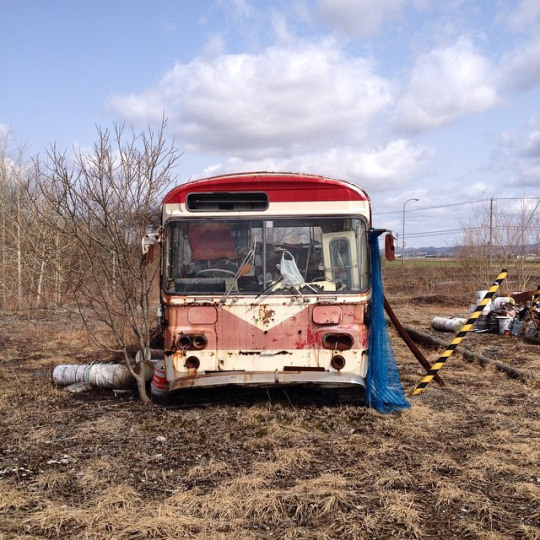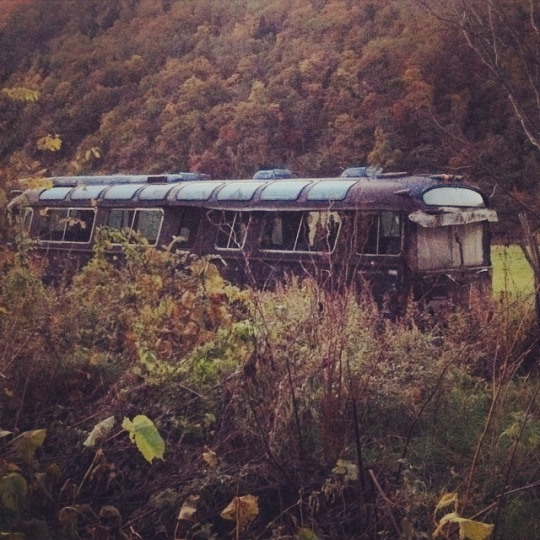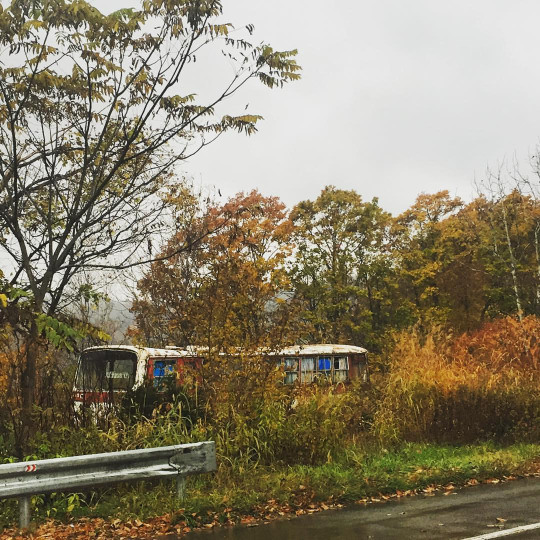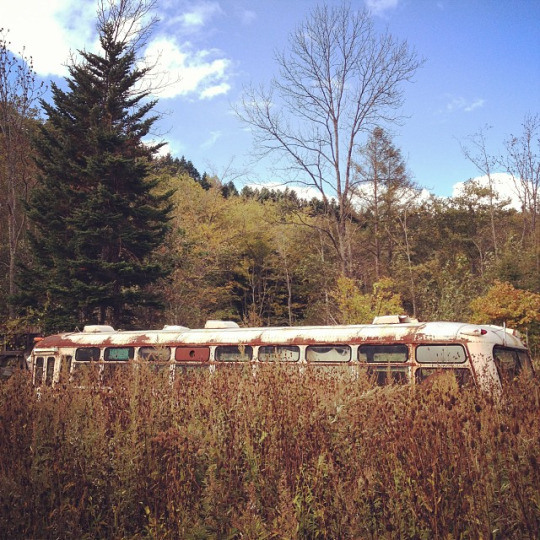Gas Station
Author's note, 10/10/24: This didn't actually happen to me. Or anyone, probably. I cobbled it together as part of an abortive write-what-you-know Nanowrimo from different bits I'd picked up around Hokkaido.
Previously: Abandoned home
The first intersection that I come to is a deserted thing. There are a couple of cars off down the road, further along, but none here. At one corner is an Eneos gas station, a sort of roofless affair: a single gas pump and a small office. The grounds of the gas station are roped off to prevent cars from entering; the ropes are moored to poles welded to big old wheel rims, which is a pretty clever solution to the problem of where to moor a rope.
The tarmac is bordered by a very deep trough, ostensibly for runoff, and nearly the width of the tires on some smaller cars, which I wonder what would happen to a car that got stuck in the trough, like if it was driving parallel to it? The pump has a big vinyl cover fitted over it and is tied down with ropes that honestly look a bit too heavy-duty for the job they're doing. The office has big plate glass windows and the windows are laced with that wire that I think is supposed to prevent shattering. I think briefly about the sort of damage that huge shards of plate glass could do. My mom used to have a table with a plate glass top, and I remember it weighing something like 200 kg. I suppose glass is pretty heavy.
Inside the office I can see a metal desk, a gas heater, and a computer on what looks like a short podium. The lights are off and everything is totally still. For some reason this sort of resonates with me and I wind up just staring at this still gas station office. There's the sort of far-away automotive noise that you get in towns, and another, more distant noise that I assume is the sound of wind, overhead, air jostling up against itself. Which now that I come to think about it, is that a thing? Air against itself, the noise of its friction? The rough hollow noise of a big blue dome above you? The sun isn't high enough to crest the buildings opposite and I, the gas station, and the intersection, are all in bluish-gray shadow.
Across the street, on the opposite corner, is another gas station, almost identical to the first but obviously long closed. The old logo is painted on the side of the office is worn almost totally away, a red arrow in a red circle, with like some wing motif, painted on a white wall. The white paint is also wearing away and you can see the this brown stuff underneath, probably plaster. Where I can only assume the wire-glass windows of the office used to be, there are now a number of big pieces of plywood, mismatched and evidently taken from some surplus nearby. A couple have retained their beige-ish wood color, a color that always seems sort of fake on plywood, as if plywood isn't real wood and wouldn't be wood color without some sort of treatment. Other pieces have faded out to gray, their grain a slightly darker gray, and these pieces are indubitably wood, dead in the way that only dead wood is, somehow more beautiful, at least from some angles.
I wonder, why hasn't anyone graffiti-ed this building? Back home, there's no such thing as real abandonment—only repurposing. Old gas stations become palettes for graffiti artists or shelters for vagrants. But here, be it the old houses or the farm equipment or the gas stations, abandoned things really are abandoned: they drop off the face of everyone's consciousness. They like, recede into the background, they're left to rot. It's sort of weird, then, seeing and being interested in these abandoned places, for whatever that's worth—it feels like being able to see something that everyone else can't.
Before I can wander too far further down that trail of thought, a little car comes around the corner, this silver kei van, and pulls up beside the Eneos station. The driver takes a look at me, a long, gawking look, the sort of look to which I've become well-accustomed by this point. I can read suspicion in his look, and curiosity. I can tell as well that this guy has been taught, or like has absorbed the knowledge from the sort of social consciousness, that this sort of bold-faced gawking is against norm; and so I can see the battle playing out on his face between wanting to know who I am and wanting not to be seen as a rubbernecker, not to stir the pot, not to make trouble.
In the end, his curiosity wins.
He gets out of the car and I notice he's wearing an Eneos jacket, an orange piece with some dark red stripes. He leans up the pole-in-wheel to roll it away, spindling up the rope as he goes. Which is even more clever than I thought. When he passes me by—still sort of looking at him but also looking around me, as if there's more to see, which, honestly, there isn't—but when he passes by me he says in a sort of clipped way, “Good morning,” in Japanese, and I echo him in Japanese, and he has a bit of a startled look on his face at hearing me speak Japanese, which makes sense. It's more likely than not that this gas station attendant has never met a westerner, and certainly not one who speaks Japanese.
When he's done spindling the rope and the poles are arranged off to the side and out of the way, he goes to remove the vinyl cover from the pump assembly; but the ropes are thick and very well-knotted and he looks like he's having a hard time. Plus he's still sort of looking at me, although to his credit the looks are getting more furtive. I'm still sort of just standing there, looking around, which I suppose could be interpreted as suspicious behavior.
He finally gets the rope and drops it off to the side, and the vinyl cover comes off with a loud crinkling noise, and he starts folding it and finally says, in Japanese, “Are you waiting for something?”
And I say, “No, there isn't anything in particular.”
And he says, “Why are you here?” which in Japanese sounds a lot less accusatory than in English, but somehow I still feel a little accused-against.
I say, “I'm walking around Hokkaido.”
“Around?” And he makes a noise of disbelief.
“Yeah, like around the island, once.”
He says, “Sugoi ne,” which means more or less that's really amazing, literally speaking, but he has that typically Japanese way of saying it, almost totally unenthusiastically but with this rising inflection at the end, which is endlessly interpretable vis-a-vis actual sincerity. I think in this case he's being sincere.
I can also tell that he's sort of let his guard down, which is good to see. I hadn't noticed it before but I notice it now, in contrast—his shoulders are relaxed, his chest is a bit more open. I think that my presence had made him pretty uncomfortable.
The gas station attendant says, “Your Japanese is very good.”
I make the small, hand-waving, head-down-in-half-bow gestures that accompany deflection of praise. I say things like “Thank you,” and “I'm still learning,” very quickly and quietly. This is the sort of thing that would never work in English but is, I'm pretty sure, SOP in Japanese.
Then he says, “Do you want a coffee?”
One of the general rules of being in a foreign country is to always say yes, no matter how much you want to say no, so I follow him into the cramped office. He turns on the heater against the wall and drops his keys on the desk. Then he makes a big deal out of pulling a folding chair out of the little space between the wall and the desk, and opens it, gesturing for me to sit. There's one of those machines on the desk that heats water and keeps it heated, the ones with the little spout and you press a button on top and it dispenses water—one of those discrete little ways that Japan has streamlined a repetitive process, de-necessitating picking up a kettle and physically pouring the water. The same philosophy of daily life that brought Japan the rice cooker and motion-activated fan.
He takes two mugs out of one of the drawers of the desk and opens up these little packets that look like teabags but with a cardboard structure on top of them. He folds and tears in a tired, expert way and the bag comes alive, opens up in to this spiderish thing that he balances on the rim of the mug. It holds the coffee in a pouch over the mug, and when he pours the hot water over it, the coffee filters and drips and there you have it—disposable, instant, filtered coffee! I've never seen something like this before and it blows my mind a little bit.
Through all of this he's totally silent, and so am I. I've dropped my pack to the floor of the office and the way it's sitting there, leaning against my leg, looks almost expectant. The sound of the man moving around the office fills the room, and for me it's like the auditory equivalent of the smell of bacon in the morning. The sound of this guy's hurried industry around the room is in some weird way calming to me, after long hours of listening to far-off cars and the sound of wind.
While he's pouring the water—he has to keep stopping to wait for the water to filter through the grounds—a car pulls up to the gas station, and he rushes outside in a flurry of obsequious-type gestures and guides the car in, waving his arms in the air like an airport tarmac worker and shouting something, clearly audible through the glass, that sounds like, “Oh rye, oh rye.”
The heater in the office groans and belches out hot air. It smells faintly of kerosene. I move my pack away from the heater because I feel like I read, somewhere, that direct heat like that is bad for, uh, backpack fabric. I've got a long way to go on this old blue Osprey.
